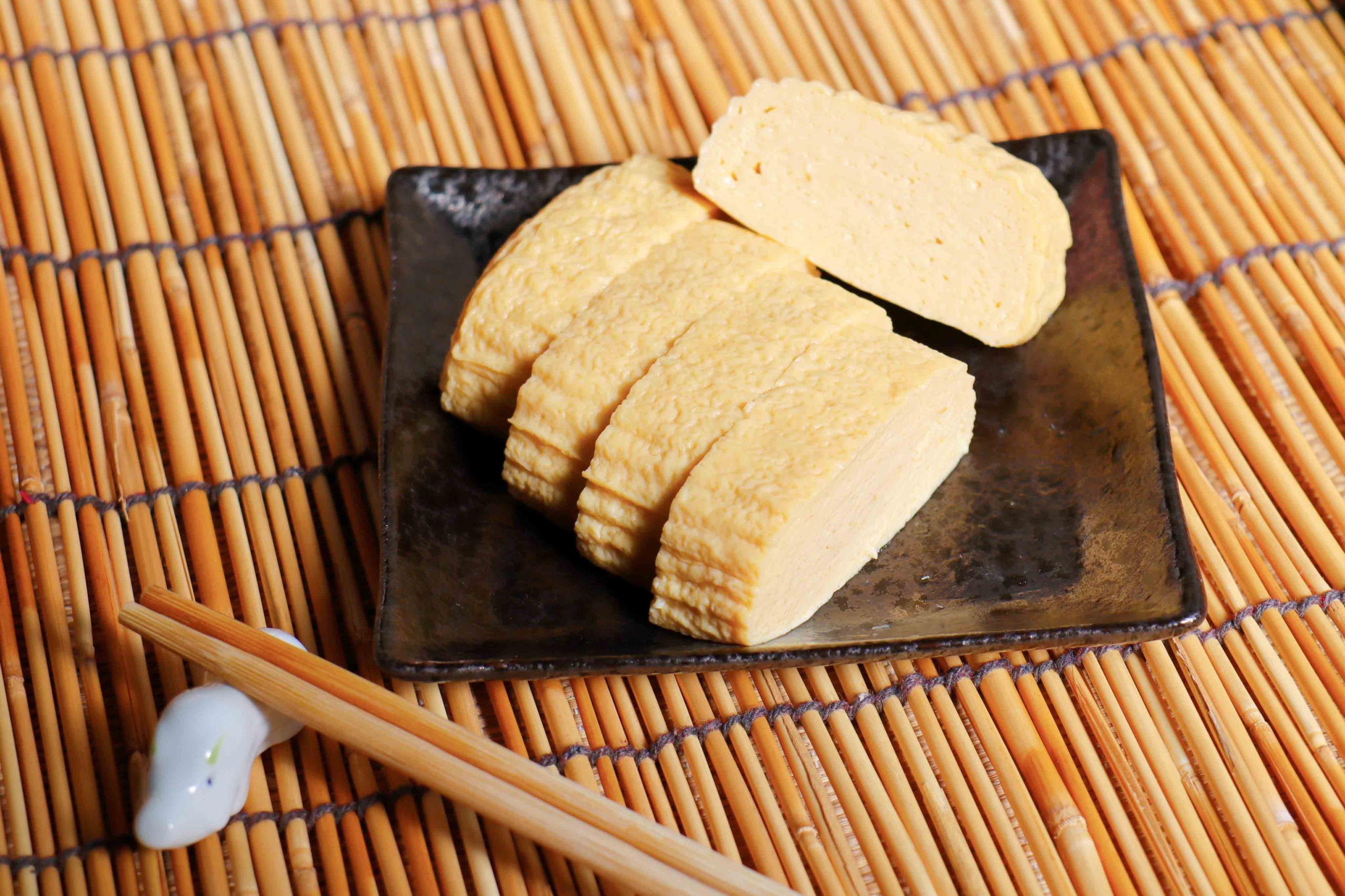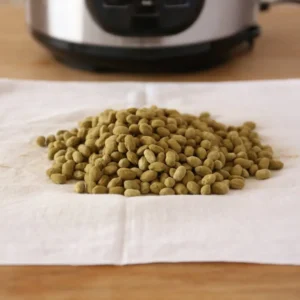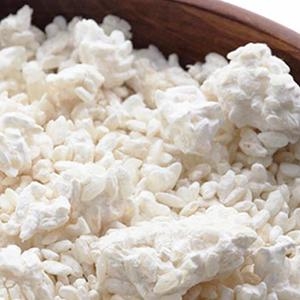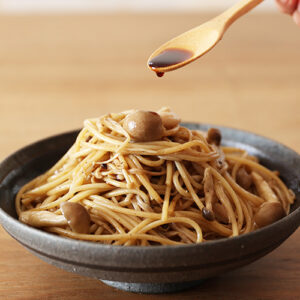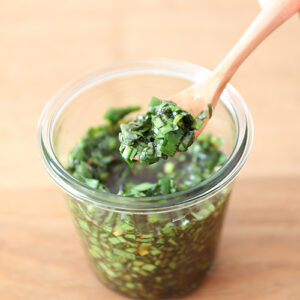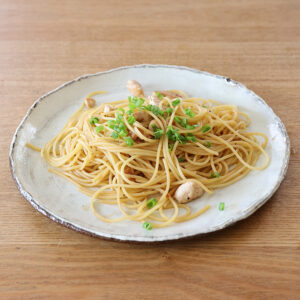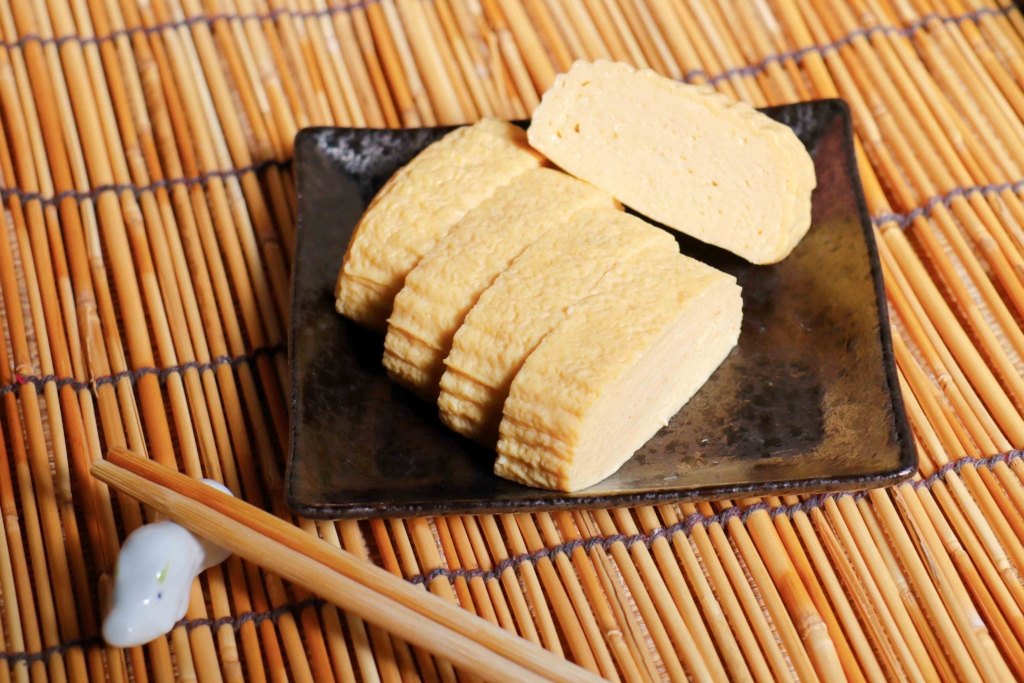
Dashi is the basic ingredient of traditional Japanese cuisine. Usually dashi is combined with soy sauce and mirin for the authentic Japanese taste. To make dashi, you can just boil the main ingredients until the flavor is transferred into the stock soup. You can use dried bonito flakes, dried sardine, dried flying fish, kombu kelp, and/or shiitake mushroom as Dashi Ingredients.
Most Japanese Recipe calls for dashi, whether in soup form or in dried powder form. Japanese dishes that usually made using dashi are dashimaki tamago, gyudon (Japanese beef bowl), oyakodon ( Japanese Chicken and egg rice bowl), Miso Soup, etc.
In this article we would like to introduce you one of favorite Japanese dish that you can make using dashi; Dashimaki Tamago.
You can also learn more about dashi such as Dashi types, and Dashi’s health benefits here.
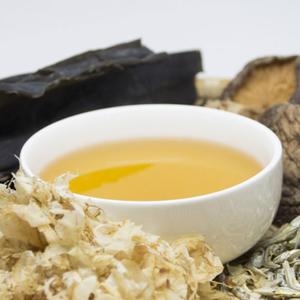
Dashimaki Tamago Recipe
Dashimaki Tamago is similar and an alternative to Tamagoyaki which is Japanese Dish that you might hear about oftenly. However, compared to usual tamagoyaki, Dashimaki Tamago has softer and moister texture because of the extra liquid of Dashi used to make this cuisine. This version of tamagoyaki also has milder taste.
Dashimaki tamago is a very common dish in Japan, yet doesn’t take so much time to make. However it is more difficult to roll because of the texture.
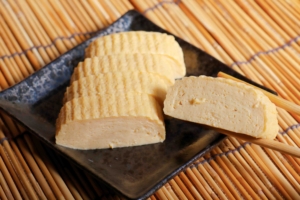
Dashimaki Tamago
Ingredients
- 2 eggs (medium size)
- 2-4 tbsp dashi stock
- 1½ teaspoon usukuchi (light) shoyu
- ¼ tbsp sugar
- ¼ tbsp mirin
- appropriate amount of vegetable oil
Instructions
- Mix dashi stock, shoyu, sugar, and mirin in a bowl. (we will call this seasoning mixture)
- Whisk together eggs in a bowl until thoroughly blended, then add the seasoning mixture. Whisk again to combine.
- Pour the oil into the pan on medium heat and use a small wad of paper towel to spread the oil to evenly coat the pan and to soak up the excess.
- Pour 1/4 of the egg mixture in and let it cook.
- When the egg is half way cooked but there's still some liquid egg on top, gently flip and start rolling the dashimaki tamago from the edge closest to you towards the back of the pan. When you reach the edge, slide the roll back to the edge closest to you.
- Pour another 1/4 of the egg mixture into the pan. Gently lift the roll and let the egg mixture run under the roll.
- Repeat from steps 5-6 until you've used all the egg.
- Let the dashimaki tamago rest for 3 minutes, then slice it to your preference.
Dashi Recipes and Dishes Recipes Using Dashi
As we mentioned before, Dashi is often used to add flavor to various Japanese dishes. Sometimes It is referred as ‘the heart of Japanese cuisine’.
Check your other favorite Japanese dish recipes using dashi in our following article:


You can also find Vegan or Fish-Based dashi recipes in our following article:
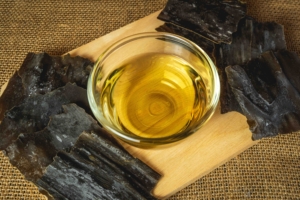
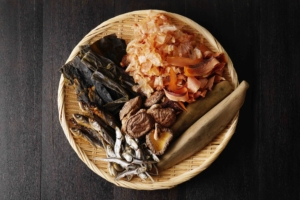
Recommended Dashi Product
Today, you can get dashi quickly just by getting instant dashi. In Kawashimaya, we provide instant dashi packets. These dashi are usually in coarse form and bagged inside tea-bag packets. So all you need to do is simmer the packet in boiling water without having to strain or prepare the ingredients first.
Check our recommended dashi packets product that you might be interested in:

